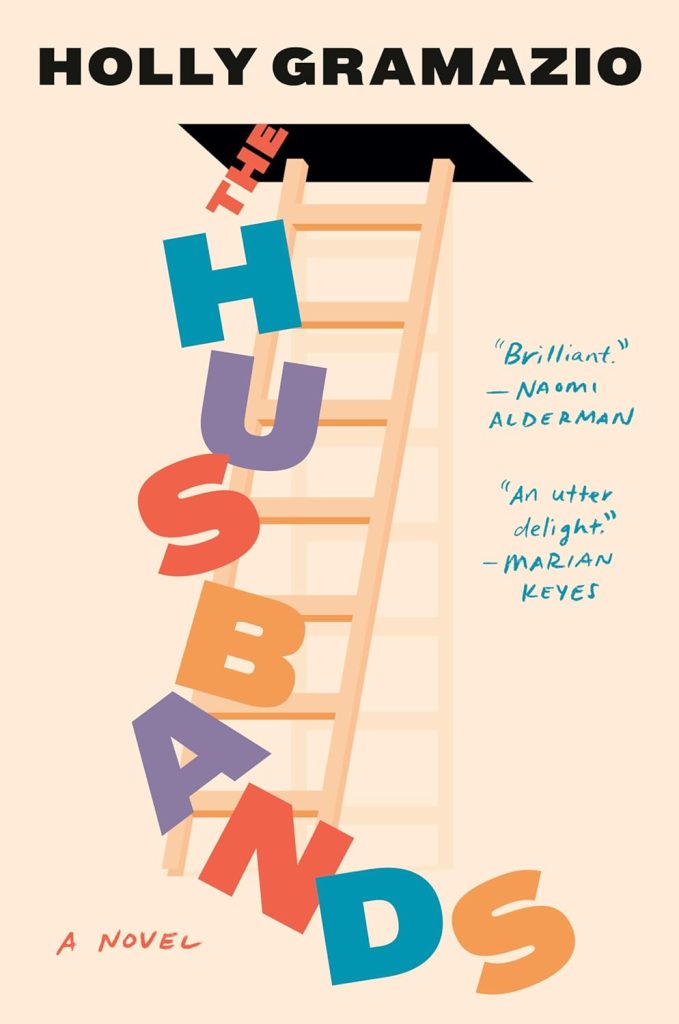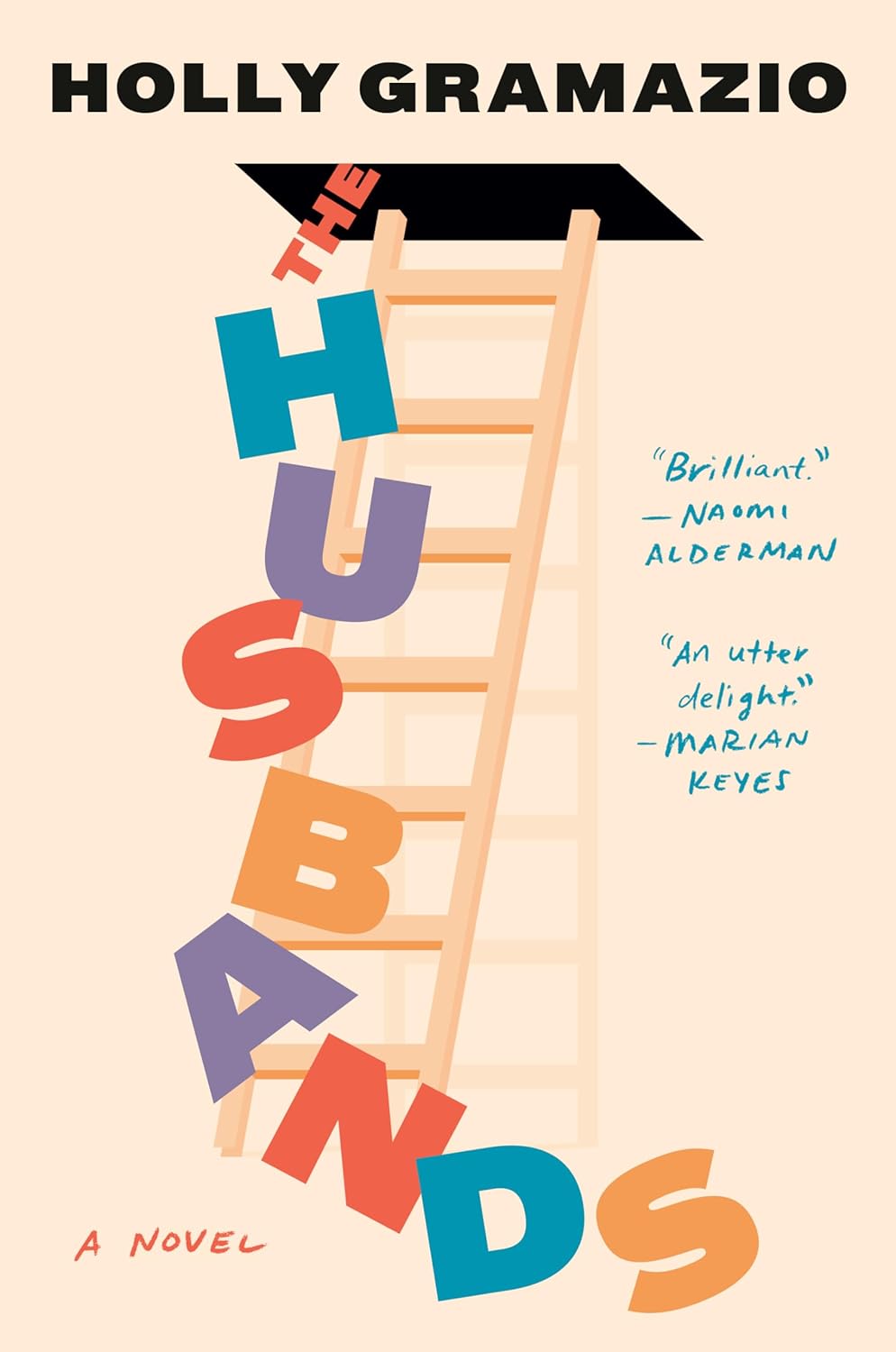
From “The Scream” to “The Ick”: Exploring a New Cultural Phenomenon

New Found “Munch” Paintings Spark Curiosity and Skepticism in the Art World
A small-town museum in Nebraska has ignited a firestorm of attention—and doubt—after claiming to have uncovered a series of previously unknown paintings by Norwegian Expressionist Edvard Munch, the famed artist behind the existenial masterpiece “The Scream.” The Ripley Museum of American Art asserts that five paintings, dating back to approximately 1893, represent a dramatic expansion of Munch’s stylistic and emotional range during a pivotal period in his career.
These works—featuring strikingly familiar compositions to “The Scream” but with exaggerated, meme-worthy expressions—have been billed as a transformative discovery. However, art historians and critics are raising eyebrows over both their authenticity and the very modern emotional vocabulary they suggest.
A Bridge Too Far?
According to the museum, each of the five paintings shares a nearly identical compositional structure: a singular, central figure on a bridge flanked by two shadowy characters in the background. Where they differ—and draw scrutiny—lies in the emotional cues and facial expressions depicted.
In “It’s Giving Serotonin,” the central figure is shown with a wide grin, pink-hued “kawaii cheeks,” and an expression that more closely resembles joy than existential dread. “The Ick,” features a side-eye glare and a deadpan stance that many noted mimicked the so-called “stank face.” “Pressed” shows rage: the character is mid-shout, hands clenched upward, a dramatic shift from the lethargy so often associated with artworks of the time.
The titles are equally contemporary. Aside from “It’s Giving Serotonin,” there’s “Does Everyone Lowkey Hate Me?” and “Go Girl Give Us Nothing,” all chosen by an unnamed, unpaid intern working as the museum’s temporary registrar. The titles evoke millennial and Gen Z internet culture, blurring the lines between parody and archival revelation.
Questions of Provenance
The museum, which has yet to release the name of the donor who claimed to be a descendant of Edvard Munch, remains tight-lipped about how such significant works could have ended up in Nebraska. Art historians are especially puzzled by the assertion that these paintings descended from Munch’s heir—given that Munch was childless and never married.
When pressed about authentication, the museum cited verification from a shadowy art tech start-up called Signature Certification and Authentication Model (SCAM). According to SCAM’s website, their artificial intelligence platform analyzes artworks across “cultural heritage verticals” to verify originality. Critics have raised red flags about SCAM’s credibility, vague technological descriptions, and the unfortunate acronym.
Jens Rembrandt, an Oslo-based Munch specialist, said, “It is not uncommon for Munch to revisit specific motifs, particularly during his emotionally turbulent years. But these works feel stylistically divorced from his context. The titles and expressions depicted are more late-TikTok than late-19th century.”
Art Imitating Meme?
The broader art world has oscillated between amusement and concern. Some cultural critics appreciate the satire baked into the works, questioning whether the entire exhibition may be an elaborate art-world commentary. Could it all be a form of institutional critique, poking fun at over-commercialization, internet culture, and authentication scandals rampant in the industry?
“This may be less of an academic discovery and more of a performance piece,” suggests Dr. Lydia Craig, a professor of art theory. “The titles, facial expressions, and verification by a company called ‘SCAM’ all suggest self-awareness. It walks a fine line between reality and absurdity.”
Still, the paintings are deeply evocative and technically impressive, blending oil, pastel, and tempera on cardboard—mediums consistent with Munch’s known methods. The works also replicate his iconic swirling background technique and color palette, albeit with lighter tones and exaggerated color accents.
Impact on the Canon
If authenticated, these paintings could considerably broaden the narrative of Munch’s career, which has been largely defined by themes of despair, illness, and loneliness. “The Scream,” painted in 1893, epitomized late 19th-century existential angst. These five bridge-themed paintings, however, imply Munch engaged with a far more nuanced emotional register—anger, sarcasm, joy, and even postmodern irony.
At the same time, the potential hoax—if uncovered—would present an equally compelling case study on the power of curation, digital culture, and our collective desire for “the next big find” in art history.
Conclusion: Art or Artifice?
Whether these paintings are sincere rediscoveries, high-concept satire, or clever forgeries remains to be determined. The museum has declined further comment, and The Munch Museum in Oslo has opted for silence. Meanwhile, critics and the public continue to debate their meaning, giggle at the titles, and speculate on their true